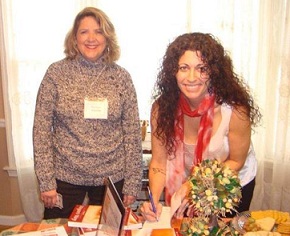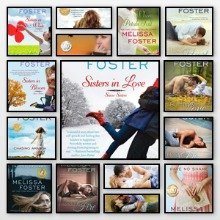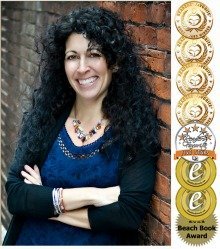Knowing when to end your story is a very personal issue. Some writers like to take stories beyond the “end” of the plots and subplots and carry the reader into the next phase of the character’s life. I tend to let my stories tell me when to stop.
My original intent of the Megan’s Way storyline was that the story would revolve around Megan and five of her girlfriends, showing the roller .jpg) http://amzn.to/qr5Vuacoaster of life leading up to Megan’s illness and beyond, with the book ending with Megan’s death. As I began writing, I knew that was not to be.
http://amzn.to/qr5Vuacoaster of life leading up to Megan’s illness and beyond, with the book ending with Megan’s death. As I began writing, I knew that was not to be.
Chasing Amanda, on the other hand, ended exactly where I thought it should from the moment I came up with the idea for the book, while my third book, Come Back to Me (not yet published) went beyond where I thought it would end, and, in fact, changed storylines completely from my original intent.
Stories evolve as we write. They stretch and tatter along their own paths, guided by their own energy. For the most part, I believe the characters signal the writer when the story is over. The decision to end a story is a very personal decision, and is probably very different for each writer. I believe most writers ask themselves if the ending of the story was everything the reader had hoped for. If our answer is affirmative, then we’ve done our jobs well.
 I love to chat with book clubs and readers. If you’d like to chat, drop me an email; thinkhappygirl (at) yahoo (dot) com
I love to chat with book clubs and readers. If you’d like to chat, drop me an email; thinkhappygirl (at) yahoo (dot) com


-169245_1050x675.jpg)

 Melissa Foster is a New York Time and USA Today bestselling and award-winning author. She writes contemporary romance, new adult, contemporary women's fiction, suspense, and historical fiction with emotionally compelling characters that stay with you long after you turn the last page.
Melissa Foster is a New York Time and USA Today bestselling and award-winning author. She writes contemporary romance, new adult, contemporary women's fiction, suspense, and historical fiction with emotionally compelling characters that stay with you long after you turn the last page.